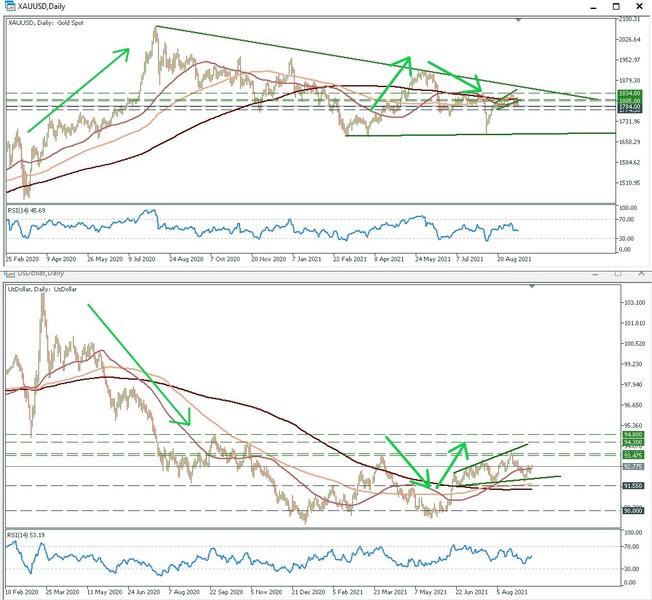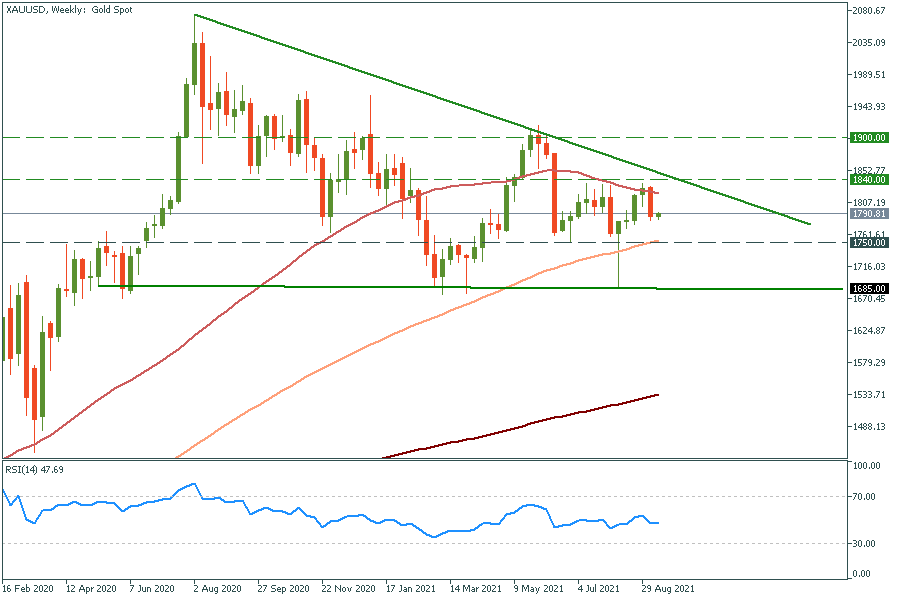
The G20 summit took place in Bali, Indonesia, on November 2022…
For a seamless experience, click “Redirect me.”

Don’t waste your time – keep track of how NFP affects the US dollar!
Data Collection Notice
We maintain a record of your data to run this website. By clicking the button, you agree to our Privacy Policy.

Beginner Forex Book
Your ultimate guide through the world of trading.
Check Your Inbox!
In our email, you will find the Forex 101 book. Just tap the button to get it!
Risk warning: ᏟᖴᎠs are complex instruments and come with a high risk of losing money rapidly due to leverage.
71.43% of retail investor accounts lose money when trading ᏟᖴᎠs with this provider.
You should consider whether you understand how ᏟᖴᎠs work and whether you can afford to take the high risk of losing your money.
Information is not investment advice
Usually, the gold price is driven by political and economic uncertainty, like economic crises, election pressure, pandemic effects. But in the face of a year-and-a-half-lasting monetary stimulus program, the price of the haven asset acts differently. What drives gold price and how to trade it – in this article.
Fundamental analysis of gold should start with an explanation of gold nature. In the past, there was the Gold Standard. It was a system under which nearly all countries fixed the value of their currencies in terms of a specified amount of gold or linked their currency to that of a country that did so. Also, the supply of gold hasn’t been increasing greatly with time. Thus, when the amount of money was increasing (inflation rises), to buy the same amount of gold we needed an increased amount of currency. Since the economic crises usually come with high inflation, gold has become the haven asset for every country.
But nothing lasts forever, and in August 1971, US President Nixon severed direct convertibility of US dollars into gold. From this very moment, gold has become a more independent asset, but the rules of the game didn’t change much. Demand for gold is still high due to several factors: gold is resistant to corrosion, easy to process, hard to imitate, and looks beautiful (the last factor is subjective).
From this point we have several considerations about gold price movements, let’s go through them:
Let’s go through several economic events and check whether they are affecting XAU price or not:
To sum up, this data, even if the events and the results are the same (March 31 and September 1), gold can act in a completely different manner. Besides that, we can expect gold to rise when any data is bad for USD and vice versa. This can be proven by looking at XAU/USD and US dollar index charts, or by looking at correlation charts.
XAU/USD daily chart (top) and US dollar index daily chart (bottom)

USD and gold correlation chart (10 years period)

As you can see on the charts, most of the time gold and dollar gave an inverse correlation. It means that when the dollar is gaining new highs, gold is under pressure and vice versa.
So far (September 13, 2021) the economic recovery is not as fast as everyone wants and while tapering has been postponed, again and again, the demand for the US dollar is present and gold is not in a good shape. You might think: “Wait, if the economy is in a bad shape, then it’s good for gold, isn’t it?” Yes, usually in times of uncertainty gold is showing better results than other assets, like stocks and currencies. But this doesn’t mean that gold doesn’t fall at all.
From the side of technical analysis, gold is looking bearish too.
XAU/USD weekly chart
Support: 1750.0; 1685.0
Resistance: 1840.0; 1900.0

Gold is a perfect instrument to keep your money safe because it tends to maintain its purchasing power and save you from the volatility of other assets, but as global markets tend to rise on a bigger time scale, gold won’t earn you a lot.

The G20 summit took place in Bali, Indonesia, on November 2022…

The deafening news shocked the whole world yesterday: the British Queen Elizabeth II died peacefully at the age of 96…

After months of pressure from the White House, Saudi Arabia relented and agreed with other OPEC+ members to increase production.

eurusd-is-falling-what-to-expect-from-the-future-price-movement

Greetings, fellow forex traders! Exciting news for those with an eye on the Australian market - the upcoming interest rate decision could be good news for Aussies looking to refinance or take out new loans. The Mortgage and Finance Association Australia CEO, Anja Pannek, has...

Hold onto your hats, folks! The Japanese yen took a nosedive after the Bank of Japan (BOJ) left its ultra-loose policy settings unchanged, including its closely watched yield curve control (YCC) policy. But wait, there's more! The BOJ also removed its forward guidance, which had previously pledged to keep interest rates at current or lower levels. So, what's the scoop? Market expectations had been subdued going into the meeting, but some were still hoping for tweaks to the forward guidance to prepare for an eventual exit from the bank's massive stimulus
Your request is accepted.
We will call you at the time interval that you chose
Next callback request for this phone number will be available in 00:30:00
If you have an urgent issue please contact us via
Live chat
Internal error. Please try again later